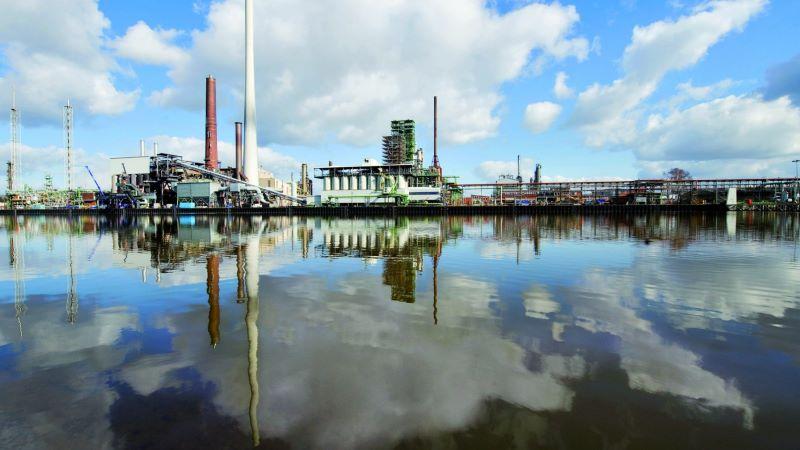
Sustainability is not only an established item on the corporate-aviation agenda, it is a key preoccupation across the sector.
The COVID-19 pandemic, with its enforced reduction in flight levels, has helped sharpen arguments, while the United Nations’ COP27 conference re-emphasized what is at stake.
So at the first post-COVID EBACE, conversations around sustainable aviation fuel (SAF) are moving from explanation and education to adoption and promotion. The change will be felt across the sector, and that includes fuel providers themselves. “Early in 2020, BP made a big change in its strategy with a much stronger focus on sustainability, and that’s when we put our net-zero-by-2050 target out there,” says Laura Bowden, Air BP’s global marketing manager. “We’ve been carbon-neutral in our operations since 2016, so I think the real focus now is on helping our customers get to net zero.”
Education remains an important cornerstone of efforts to increase adoption of SAF, but Bowden points to other areas where the company is now looking as it seeks to promote uptake of non-fossil fuels.
“It’s both things that are being done for today, and things we’re doing to make sure that, in 10 or 15 years’ time, we’ve got the supply available as we ramp up,” she says.
One is finding new pathways for production of SAF.
Bowden highlights Air BP’s collaboration with UK-based chemicals company Johnson Matthey to turn CO2 generated from sources, such as municipal waste into long-chain hydrocarbons suitable for production of SAF. But, she says, a far greater number of production options need to be explored. One area under investigation is known as co-processing.
“That’s using existing refineries where we process sustainable feedstocks alongside traditional fossil jet fuels,” she says. “In March, our Lingen refinery produced the first co-processed SAF - where SAF comes out almost pre-blended, mixing fossil feedstocks and renewable feedstocks. Currently, it’s limited to 5% sustainable feedstock, but we’re working to move that limit up to 30%, which will again increase the supply of SAF that we can get out.”
As well as projects like the one at Lingen, Air BP has announced three new dedicated biofuel plants and its intention to convert a further two existing fossil-fuel refineries to produce biofuels. Deals with third-party suppliers also involve Air BP investing in production infrastructure.
“But we’re also looking further back, because feedstocks are of key importance as well,” Bowden says. “The current production is mainly of HEFA [hydroprocessed esters and fatty acids, such as waste cooking oil]―and we only eat so many chips, so there’s only so much waste oil.”
Discussions with end-user customers remain fundamentally important, however. The SAF circle that the sector needs to square involves increased demand causing production levels to rise and costs to drop, eliminating the current price premium which remains a formidable obstacle to increasing take-up of sustainable fuel. Anything that can increase adoption will help.
“We often have customers saying, ‘When will it be in airport A?’, or, ‘When will it be in airport B?’ And it’s almost about changing that mentality,” Bowden says. “Yes, we can supply physical product, but there’s also mass-balance options or book-and-claim options as well.”
The book-and-claim process allows a customer to pay for SAF at an airport where there is no supply, with the fuel being loaded into another aircraft at an airport where SAF is available: the paying customer can book the reduced emissions credits even though their aircraft did not fly on sustainable fuel, because the SAF has been used elsewhere in the aviation system.
The options around mass balance are to do with the percentage of SAF used in a particular flight’s fuel blend. Potentially these can help customers reduce emissions without incurring unacceptable price increases on their fuel load.
“You can decide what’s the right investment level,” Bowden says. “Is it a one, two, three percent SAF or is it [more]? We’ve had customers go right up to 35% SAF blends.”
Discussions therefore involve the company “thinking or talking holistically” with its customers, she says.
“What are their requirements, what sort of volumes would they need, and then where would they need that supply? Could we supply that in a book-and-claim way? Could we supply that physically to one location at a much higher blend to cover all their requirements? We’ve got customers right at the beginning of that journey, still very much understanding what SAF is, right the way through to customers that are purchasing from us ongoing. Wherever they are in that journey, it’s about helping them understand the different options that are available.”





